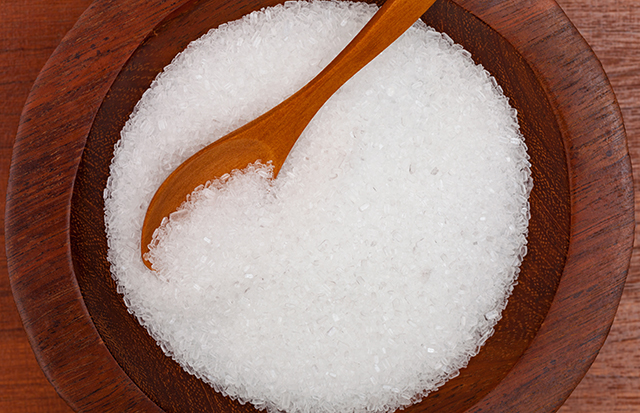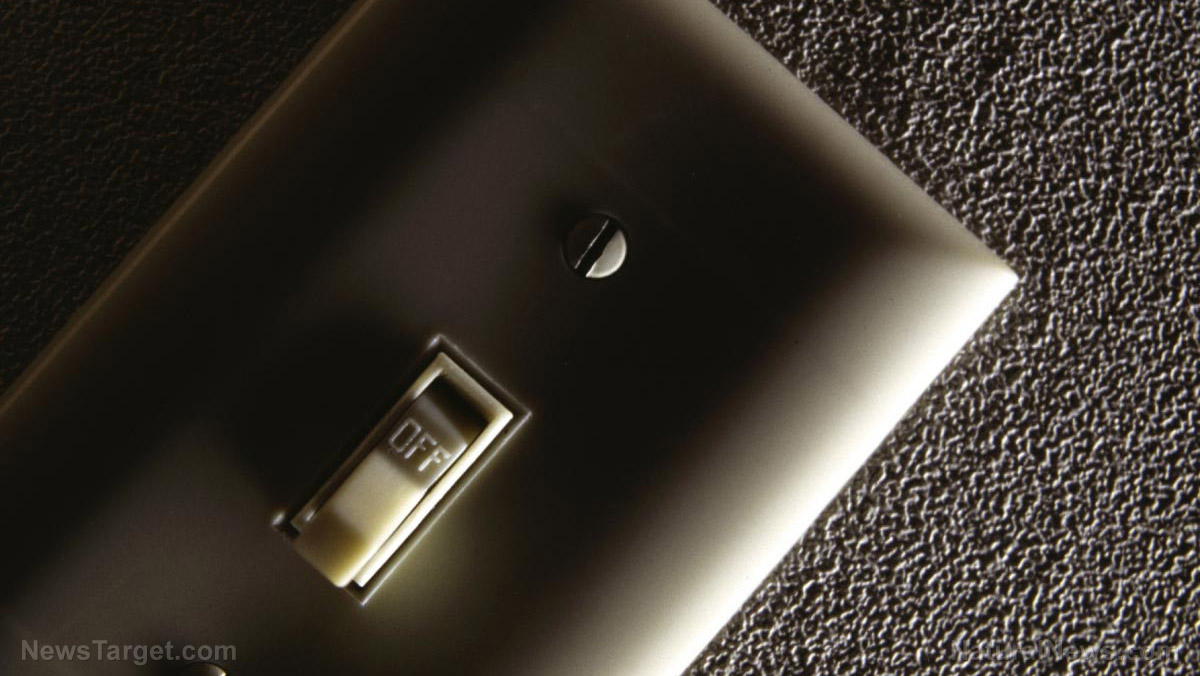Survival medicine: The medicinal uses of Epsom salts
09/07/2022 / By Zoey Sky

Epsom salt, or magnesium sulfate, is commonly used to make warm, soothing baths. But when SHTF, you can also use Epsom salt for various medicinal applications.
It is often used as a natural remedy for joint pain or skin conditions like athlete’s foot. (h/t to PrepSchoolDaily.Blogspot.com)
What is Epsom salt?
Magnesium sulfate is a chemical compound made up of oxygen, magnesium and sulfur.
The item is named after the town of Epsom in Surrey, England, where it was first discovered in the 17th century. It was once the most popular medicinal treatment in England.
Locals noticed that cows and other animals visited a certain spring and miraculously, their wounds healed more quickly. News eventually spread and people traveled from all corners of the country seeking relief from their ailments.
But despite its name, Epsom salt is a different compound from table salt. It is believed that Epsom salt was called “salt” because of its chemical structure.
Epsom salt looks like regular table salt and is often dissolved in baths, which is why it is also called “bath salt.” Despite their similarities, Epsom salt is very bitter and unpalatable, not salty.
Epsom salt has been traditionally used to treat different health issues like constipation, fibromyalgia and insomnia. Many of the reported benefits of Epsom salt are attributed to magnesium, a mineral that a lot of people do not get enough of.
You can buy Epsom salt online and at most drug and grocery stores. Look for it in the pharmacy or cosmetic area.
The magnesium from Epsom salt is absorbed through the skin, and this is how Epsom salts are most commonly used. Epsom salts also have a limited number of uses when taken internally. (Related: Stock up on baking soda, a versatile item with many survival and medicinal uses.)
Anti-inflammatory remedy
You can use Epsom salt to make a bath that will help relieve the following conditions:
Add two cups of Epsom salts for a soothing bath. Bathe in the Epsom salt solution several times each week to relieve chronic conditions like gout or lupus.
Bones and joints
You can also take an Epsom bath to relieve body aches and pains due to overexertion. For sprains and bruises, bathe in lukewarm water.
Draw a bath with warm water and add two cups of Epsom salts. Bathe for 20 to 30 minutes.
Gastrointestinal issues
Use Epsom salts to relieve mild constipation.
Mix Epsom salt as follows and drink on an empty stomach:
- Adults – Add two teaspoons of Epsom salt to eight ounces of water.
- Children aged six to 12 years old – Add 1/2 to one teaspoon of Epsom salt per eight ounces of water.
- Children aged two to six years old – Add 1/4 to 1/2 teaspoon of Epsom salt per eight ounces of water.
Do not give Epsom salt to children younger than two years old.
Skin issues
Epsom salt can be used to treat different health issues such as:
Athlete’s foot and toenail fungus
Add 1/2 cup of Epsom salt to a pan or bowl of warm water. Soak your feet for 30 minutes
Poison ivy, oak or sumac rash
Add two tablespoons of Epsom salt per eight ounces of water. Dip a compress in the solution and apply it to the affected areas.
Shingles
Add two cups of Epsom salt to a warm bath.
Alternatively, you can make an Epsom salt with a bit of water. Apply the Epsom salt paste topically to affected areas.
Splinter removal
If you’re having trouble removing a pesky splinter in your finger or anywhere else, add two tablespoons of Epsom salt to eight ounces of water. Soak the affected area in the Epsom salt mixture.
The Epsom salt will help reduce the inflammation around the splinter, making it easier to remove with tweezers.
Sunburns
Add two tablespoons of Epsom salt to eight ounces of water in a spray bottle. Spray the Epsom salt mixture on the affected areas.
For sleep and relaxation
Use Epsom salt if you’re looking for a natural remedy that can help you get some sleep at night. The magnesium in Epsom salts boosts the production of serotonin, which facilitates relaxation and sleeping.
Magnesium may also help your body produce melatonin, a hormone that promotes sleep.
Upper respiratory issues
To treat colds and influenza (the flu), add two cups of Epsom salts to a warm bath.
Add several drops of eucalyptus essential oil if desired. Soak in the batch for 30 minutes to facilitate breathing and relieve body aches and pains.
Epsom salts are a must-have for any prepper’s SHTF medicine chest. They’re inexpensive and readily available.
Considerations before using Epsom salt
While Epsom salt is considered generally safe to use, you may experience some adverse effects if you use it incorrectly.
Note that Epsom salt has a laxative effect due to the magnesium sulfate in it. Consuming it may result in bloating, diarrhea, or an upset stomach.
When using Epsom salt as a laxative, always drink plenty of water to reduce digestive discomfort. Do not take more than the recommended dosage without talking to your doctor.
There are some reported cases of magnesium overdose wherein people have consumed too much Epsom salt. Symptoms include flushed skin, headache, lightheadedness and nausea.
In extreme cases, magnesium overdose can cause heart problems, paralysis, coma or even death. However, this is unlikely as long as you consume Epsom salt in appropriate amounts as recommended by a physician or doctor or as listed on the package.
Talk to your doctor if you experience signs of an allergic reaction or other serious side effects after using Epsom salt topically or ingesting it.
Before SHTF, stock up on Epsom salt so you have access to a useful item with many medicinal uses.
Visit Preparedness.news to learn more about other items you need to include in your survival stockpile.
Watch the video below to learn how Epsom salt can help reduce inflammation and increase blood flow.
This video is from the Natural News channel on Brighteon.com.
More related stories:
Prepper must-haves: 7 Medicinal uses of activated charcoal.
Survival medicine: 10 Medicinal uses of coconut oil.
Survival medicine: Are you familiar with the medicinal uses of pomegranates?
Sources include:
Submit a correction >>
Tagged Under:
alternative medicine, emergency medicine, epsom salt, first aid, homesteading, Magnesium sulfate, natural health, natural medicine, off grid, preparedness, prepper, prepper essentials, prepping, remedies, SHTF, survival, survival medicine, tips
This article may contain statements that reflect the opinion of the author
RECENT NEWS & ARTICLES
COPYRIGHT © 2017 GREEN LIVING NEWS



















